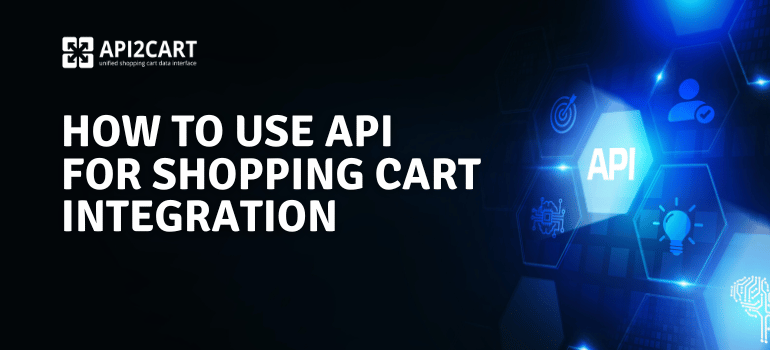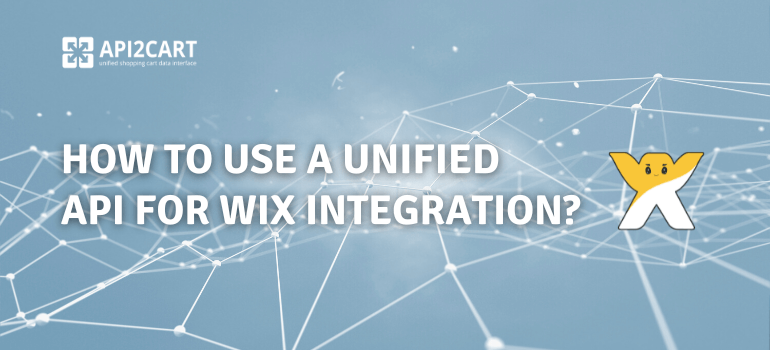
JSON vs XML. Find out the difference between them and explore their main advantages.
Since the early days of computing, developers are witnessing various data interchange formats that are presented in the digital infrastructure. And it’s not surprising that such diversity still underpins things currently. However, there are prominent historical tendencies that detach JSON from that variety of formats making programmers hesitate.
JSON vs XML
Approximately 10 years ago, the major data interchange format was XML. All developers breathed a sigh of relief when it came on the scene with multiple improvements. So, that was the time when it replaced complex SGML (Standard Generalized Markup Language). It provided web programmers with a possibility to do previously impossible things and share documents across HTTP easily. Nevertheless, XML was surrounded with a lot of dissatisfaction despite its affection on the web evolution.
But in the last couple of years a strong transformation has stepped into the data interchange world. More lightweight JSON (JavaScript Object Notation) has penetrated and not only as an XML alternative but even more specifically as a potential successor. XML has a lot of syntactic worthless stuff you have to hole in order to receive something useful out of it. That’s why it is getting less relevant and JSON is crowned as a primary data format in the web world.
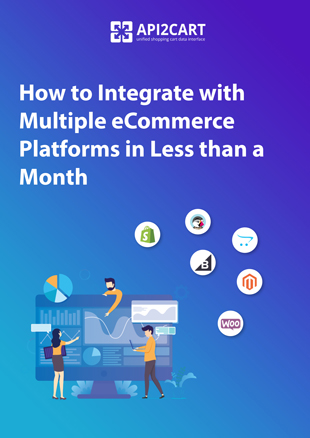
eCommerce Integration Development
Explore how to develop the integration with various eCommerce platforms in less than 30 days.
API Data Exchange
Believe it or not, but Application Programming Interface is used as a lingua franca of modern communication between various apps. But what lies inside of it? APIs provide a unified way to open up information assets and share them easily. Nowadays API developers prefer one of two formats to perform data exchange - XML/JSON or even both of them. All the built-in properties for validation in XML and JSON’s agility made both formats firmly fixed in the leadership position in the API world.
However, parsing and validating an XML file can take a large amount of memory. Moreover, the addition of tags and a variety of attributes will lend to extra weight. As a result, this can affect the performance of apps in some environments like mobile ones. In contradiction to XML, JSON is based on Javascript object data that is shared between applications. These objects allow data to be available to the rest of the code that runs in the system.
JSON is simpler and lighter in usage, making it a favored data exchange format.
Let’s compare two models of product object in XML and JSON formats:
XML:
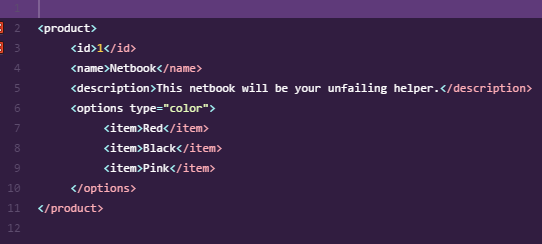
JSON:
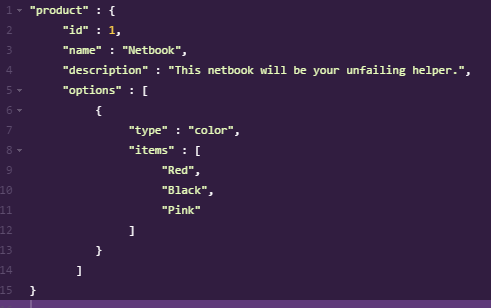
API2Cart - a Unified API Provider
API2Cart provides a single API to access 40+ shopping platforms, including such leading solutions like Magento, WooCommerce, Bigcommerce, PrestaShop, Shopify and others. Service’s unified API allows developers to build one integration module to transfer data between multiple platforms and business soft in secure and simple way.
Considering data exchange formats, API2Cart provides developers with the possibility to choose which one is more suitable for them as it’s the matter of programmer’s taste. Lots have argued about the peculiarities of both, trying to figure out some pros and cons. However, one way or another, the future is behind the JSON which will likely be the format to choose by API developers.
In case if you have some questions to ask about API2Cart and its specificity of work, don’t hesitate to schedule a FREE Call with our representative. We are always ready to provide qualified advice.


